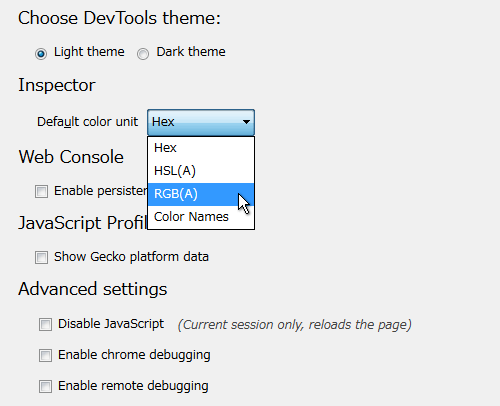
- #Edit html inspector how to#
- #Edit html inspector update#
- #Edit html inspector code#
- #Edit html inspector download#
It allows for testing HTML against the specification and nothing more. Moreover, the W3C validator cannot be extended. With the W3C validator, that’s just not possible. Maybe you’re intentionally writing invalid markup, or maybe you only want the build to go red for particular errors. The W3C validator is uncompromisingly strict, and none of its warnings can be customized or surpressed. Though they may seem similar, HTML Inpsector and the W3C validator are actually completely different tools. How is HTML Inspector different than the W3C Validator? You can choose what rules to run, what options they’re run with, and how the errors are reported. If you disagree with any of the warnings you see or want to log the errors somewhere other than the console, remember that everything in HTML Inspector is customizable.

Here’s some sample output from a test I put together: To add HTML Inspector to a page and run it with the default rules and configurations, just add the following lines right before the closing tag, and check out the warnings in the console: HTMLInspector.inspect() HTML Inspector’s only dependency is jQuery, so if you’re not already loading that, you’ll need to.
#Edit html inspector download#
Simply download the latest build and add it to the bottom of one of your pages. The best way to see how HTML Inspector works is to watch it in action. HTML Inspector comes with a set of built-in rules, but if you need more, you can easily write your own. The HTML Inspector rules can then listen for those events, test for certain conditions, and report errors when something unexpected is found. HTML Inspector traverses the DOM and emits events as it goes.
#Edit html inspector how to#
If you want to go deeper and learn more about configuring HTML Inspector or how to write your own rules, please check out the source on Github. This article gives a brief overview of how HTML Inspector works and why someone would want to use it. It’s also extensible and pluggable, making it possible to write your own rules that enforce your chosen conventions. Like JSHint and CSSLint, HTML Inspector is completely customizable, so you can use what you like and ignore what you don’t. It’s written in JavaScript and runs in the browser, so testing your HTML has never been easier.
#Edit html inspector code#
So using this editor and its local save functionality you can save your time and can fix/check your quick bugs.HTML Inspector is a code quality tool to help you and your team write better markup. This Chrome's developer tools can not take the place of the current editor, but these tools are useful if working on different system or want quick and edits.

The bottom pane shows all current changes and using this you can return.
#Edit html inspector update#
Has your update caused some issues? Right-click on the chrome dev tool editor and select Local changes. When done, you need to refresh the page and the code script restarts. If you want to save the changes to the original code file, right-click the edit and select Save or Save as. Note, however, that the code does not restart, so changes in initialization variables are not overridden.

This change updates the file in the memory and applies the new changes hand to hand. Press Ctrl + S / Cmd + S to save your new changes. Google Chrome provides a very useful property list that helps you find the right line - press Ctrl + Shift + O / Cmd + Shift + O: Now jump right in your file and edit your code. Navigate to the Source tab, and then click the Sources icon or press Ctrl + O to select your JavaScript file. Open Google Developer Tools using the Tools menu or press Ctrl + Shift + I / Cmd + Shift + I. Open Chrome, load the page from your local file system/server

HTML and CSS are almost sure to be supported at last. It saves are time a lot.įollowing local saving of code technique should work in newer versions of Chrome, but now we can edit and save only JavaScript files. So that Changes can be applied immediately without refreshing the browser. We can edit source files directly in Chrome and it will save the result to a local file. You may be urged to randomly use console.log () in an attempt to make your code work properly.Įarlier we use separate applications for development and browsing but now its almost come to an end. Sometimes for a developer, it is hard to finding and fixing errors can be difficult.


 0 kommentar(er)
0 kommentar(er)
